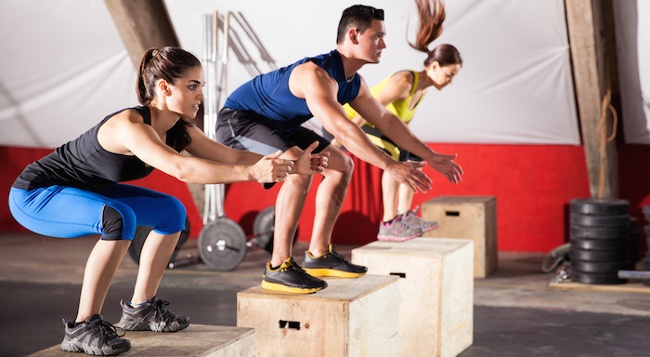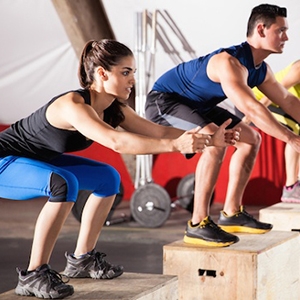So much of our mobility depends on our hips functioning correctly - especially for athletes. The hip joint, which is a ball and socket joint, needs to move smoothly in order to allow a full range of motion without pain. Repetitive motion from participation in bootcamps or crossfit classes, running, soccer, football, golfing and ballet can potentially lead to pain and reduced range of motion caused by a tear in the labrum - the cartilage ring on the outside of the hip socket.
And when the hips aren’t working like they should, other areas of the body are impacted. You might first notice hip pain, but without treatment you may experience additional conditions such as:
- Hamstring pain
- Groin strains
- Inner thigh pain
- Sports hernias
You may also be at an increased risk of an ACL injury in your knee if the hip rotates incorrectly. And arthritis in the hips or spine can also result if the labrum tear is left untreated.

HOW TO TREAT LABRAL TEARS CAUSING HIP PAIN
It’s possible to treat labral tears without surgery in many cases. First you’ll need to stop the repetitive motion that caused the pain in the first place. This doesn’t mean you can’t exercise, but a different type of exercise should be done in order to stop overtraining the hip joint.
If the pain doesn’t stop within two weeks of resting the joint and use of some over-the-counter anti-inflammatory medicines (such as Advil), we recommend you schedule an appointment to see an orthopedic specialist. The doctor will be able to tell you if there is a labral tear and the extent of it. From there, several options may be available:
- Physical Therapy that will help you regain your range of motion using exercises that will not worsen your condition while you’re healing.
- Steroid injections
- Plasma-Rich Platelet (PRP) Therapy
- Supplements to support joint and tissue strength as prescribed by your doctor
If these non-surgical options aren’t improving the pain, arthroscopic hip surgery can be performed to repair the tear. This is a minimally invasive surgery in which an orthopedic surgeon inserts a small camera and the surgical tools through small incisions into the hip joint area where they can see the labrum to make repairs.
PREVENTING LABRAL TEARS AND HIP PAIN
We’re believers that you need to stay in motion as much as possible, even if you have an injury. Of course we don’t want you to worsen an injury, but rather find a different activity that doesn’t cause pain or any damage to the injured area. In this case, the hip. It may take some time to find an exercise that works best for you. In the case of hip pain, perhaps working your upper body would allow you to take the strain off of the hip joint.
To learn more about how to avoid overtraining and causing a sports injury, feel free to download our completely free eBook on How to Stay Active When You’ve Overtrained. Even if you’re not sure if you’ve overtrained, this eBook will help you to decide.







